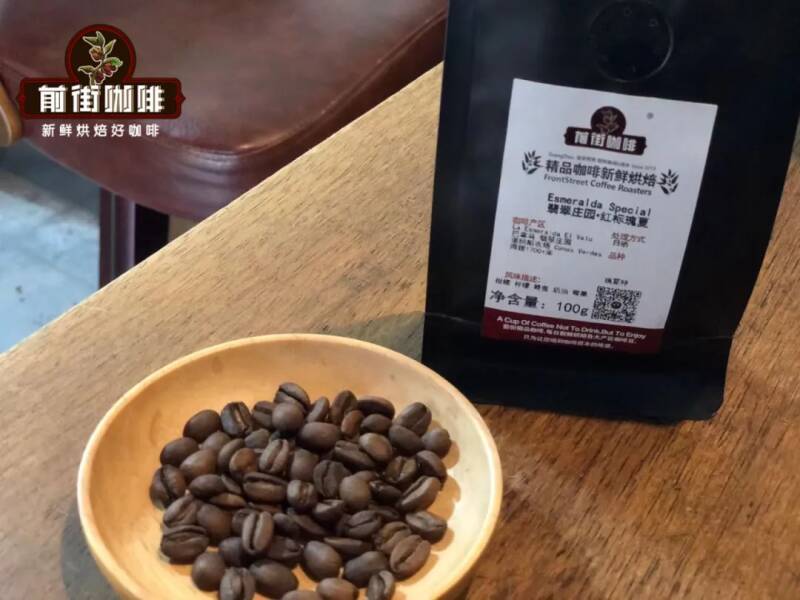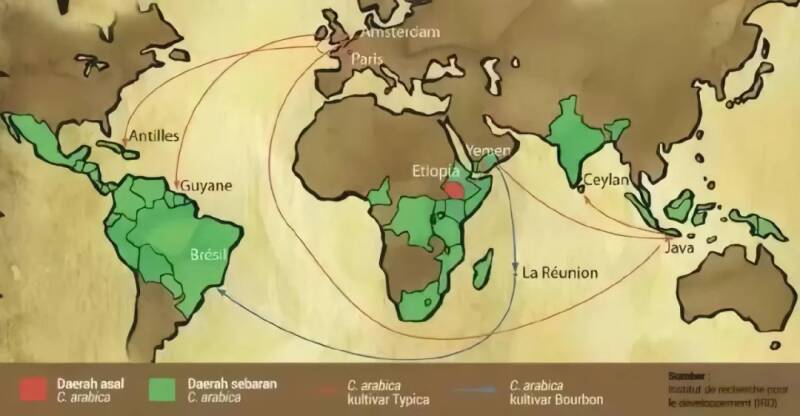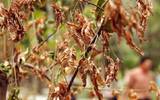Why do some producing areas produce fixed types of coffee beans?
Usually when buying coffee beans, there will be labels of coffee bean information on the packaging, such as origin, variety, altitude and treatment.
The common Ethiopian coffee will be marked with the original seed or family heirloom Heirloom on the bean seed, while the Brazilian coffee beans are mostly bourbon varieties, while the Jamaican Blue Mountain coffee is all iron pickup varieties, and Panama is mostly Rosa varieties. Why are most of the beans produced in these countries fixed varieties?

In fact, in many cases, because the varieties spread to the local area, and can have a good adaptability in the local environment, so it has become one of the main local production varieties, and some varieties should become famous. In addition, some varieties are new varieties developed by the National Coffee Research Institute and are vigorously promoted and planted in the country.
First of all, Arabica species account for 70% of the world's total coffee production, and most of today's varieties have spread to all parts of the world through the two ancient varieties of iron pickup and bourbon. These varieties originally came from Ethiopia on the African continent and spread to all parts of the world.

According to some historical records, iron cards spread to a number of American islands for cultivation in 1728, including Jamaica. A variety of crops were planted in Jamaica before, and then iron pickup seeds were planted in the Blue Mountains St. Andrews, which made the now world-famous Blue Mountain Coffee, and continues to be planted to this day.
Moreover, according to the Coffee Industry Regulation Act issued by the Jamaica Agricultural Commodities Authority (JACRA), the Blue Mountain planting areas are distributed in four districts: St.Andrew, St.Thomas, Portland and St.Mary. Only the iron card coffee grown in this area at an altitude of 915m-1700 m can be named Jamaican Blue Mountain Coffee (Jamaica Blue Mountain). Therefore, the current purchase of authentic Blue Mountain coffee must be a variety of iron pickup.
In 1727, a Brazilian diplomat acquired the coffee saplings of Itsuka and brought them back to Brazil and planted them in Para province in northern Brazil, opening up the Brazilian coffee industry.
But in the 19th century, coffee leaf rust swept the world, and coffee plantations in Brazil were almost wiped out. As a result, Brazil decided to introduce bourbon varieties with stronger disease resistance to reduce the damage caused by leaf rust. After arriving in Brazil, bourbon varieties adapted well to the planting environment in Brazil and quickly spread in various regions of Brazil. At present, although other varieties are grown in Brazil, the most are bourbon varieties.
In addition, there is a well-known rose variety, also from the Ethiopian forest, which was introduced to Tanzania in 1936, Costa Rica in 1953, and Panama from Costa Rica in 1970. but at that time, quantity was not sought after, and the branches of Rosa plants were relatively thin, so they were not favored by farmers and were not widely planted.
Later, the wave of boutique coffee made people begin to pay attention to the flavor and quality of coffee beans. In 2005, the Jade Manor used the rose summer variety to compete for the best Panama BOP, which became famous for its delicate floral, jasmine, peach, bergamot flavors and unusually high scores.
It also broke the record for the auction price of coffee beans at that time, selling for more than $20 per list. This has attracted countless countries to introduce rose summer to local cultivation, so later in Panama's neighboring countries, such as Colombia, Costa Rica, Guatemala and other countries have begun to plant rose summer varieties, so now in many Latin American countries can see the appearance of rose summer varieties.
Important Notice :
前街咖啡 FrontStreet Coffee has moved to new addredd:
FrontStreet Coffee Address: 315,Donghua East Road,GuangZhou
Tel:020 38364473
- Prev

Lin Junjie opens a coffee shop in Guangzhou!!
▲ Click to pay attention| Daily Boutique Coffee Culture Magazine Coffee Workshop Yesterday was the first day of the May Day holiday. Most people didn't have to go to work to have a good rest. However, a shocking queue was seen at Exit B of Liede Station in Guangzhou, which gave way to people who were surprised and took photos and shared them with others. At the same time, I was also curious to ask if these people were
- Next

Coffee prices fall! Brazil and Vietnam's output and exports remain strong
Some time ago, coffee futures prices continued to rise, and Robusta coffee futures prices even hit a record high of US$4339/ton. In addition, the knock-on effect also pushed up Arabica futures prices. This is because Vietnam is in a dry season, excessive drought and groundwater sources are exhausted. Make it on
Related
- Why can American refills for free? The difference between Americano and American drip pot coffee
- Being chased out of the rain in front of Starbucks?! Store: Sheltering from rain under umbrellas poses a safety hazard
- The white moonlight has changed?! Lucky launches "Big Winter Pear American"
- Hand-brewed coffee three-stage method, high-sweet and universal brewing method to share! What does the high sweet water level of hand-brewed coffee mean?
- What is the difference between raw, refined and full espresso coffee? How to extract espresso and taste good?
- A complete list of coffee bean names and their meanings! What is Yejia Shefi coffee? Where is Mantelin coffee?
- What grade does Arida Manor Kaduai coffee beans belong to? What treatment is Arida ASD slow anaerobic sun exposure?
- The milk tea cup becomes smaller?! Overlord Tea Girl launches a new "Return to Yunnan" series
- Accused of selling counterfeit and high-priced coffee beans! Well-known boutique coffee brand "Oukelao" bowed and apologized!
- How to make espresso dumplings? Can I eat coffee and glutinous rice balls together?

